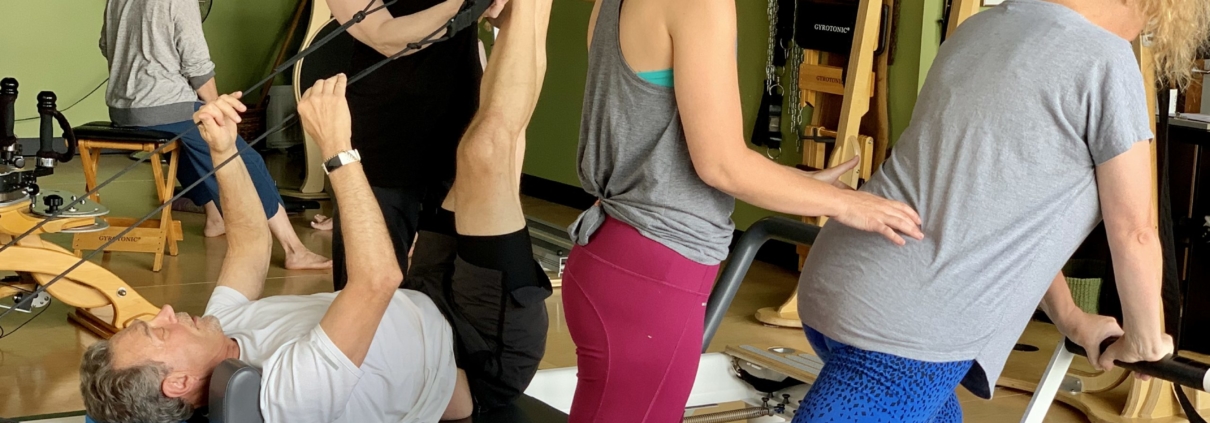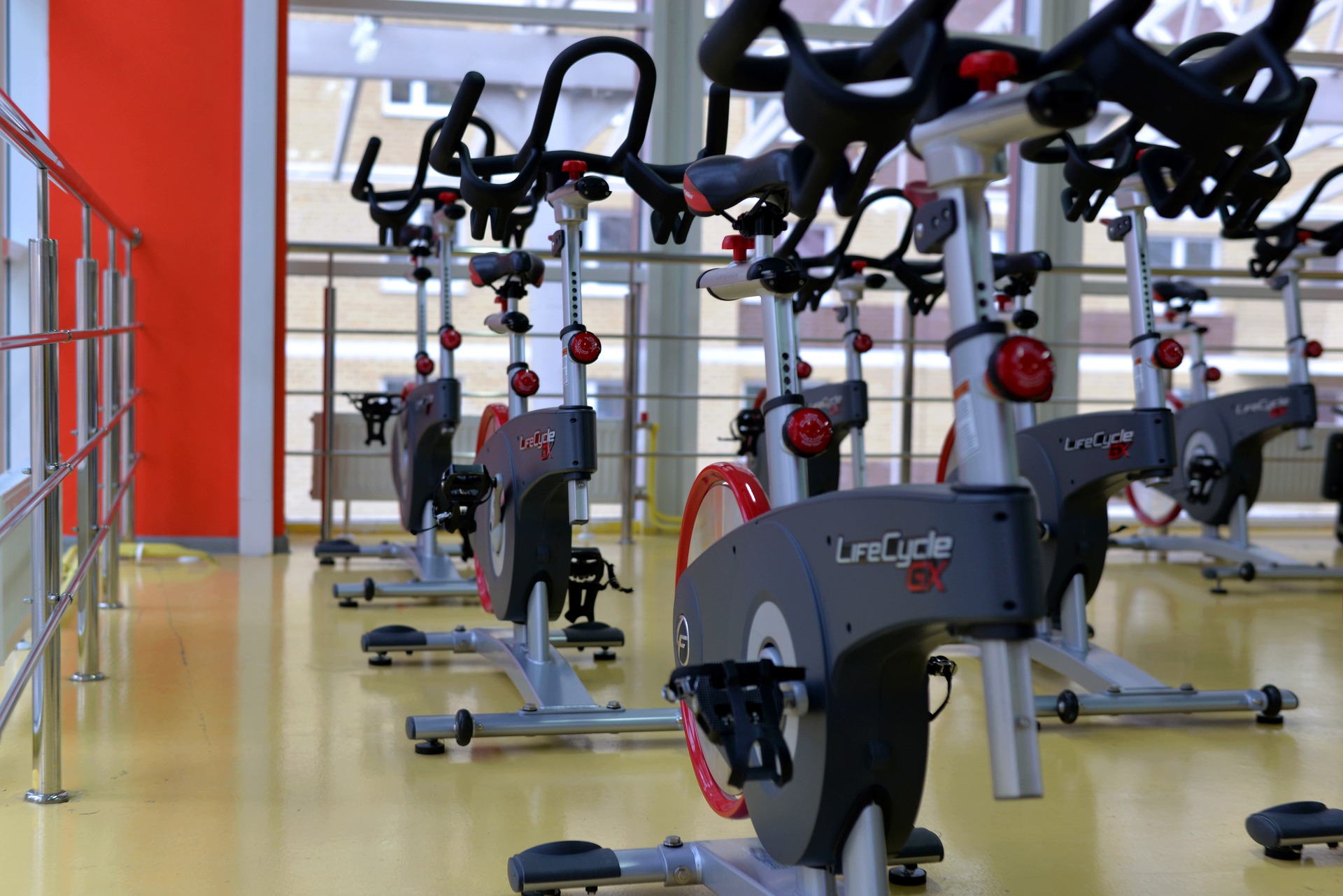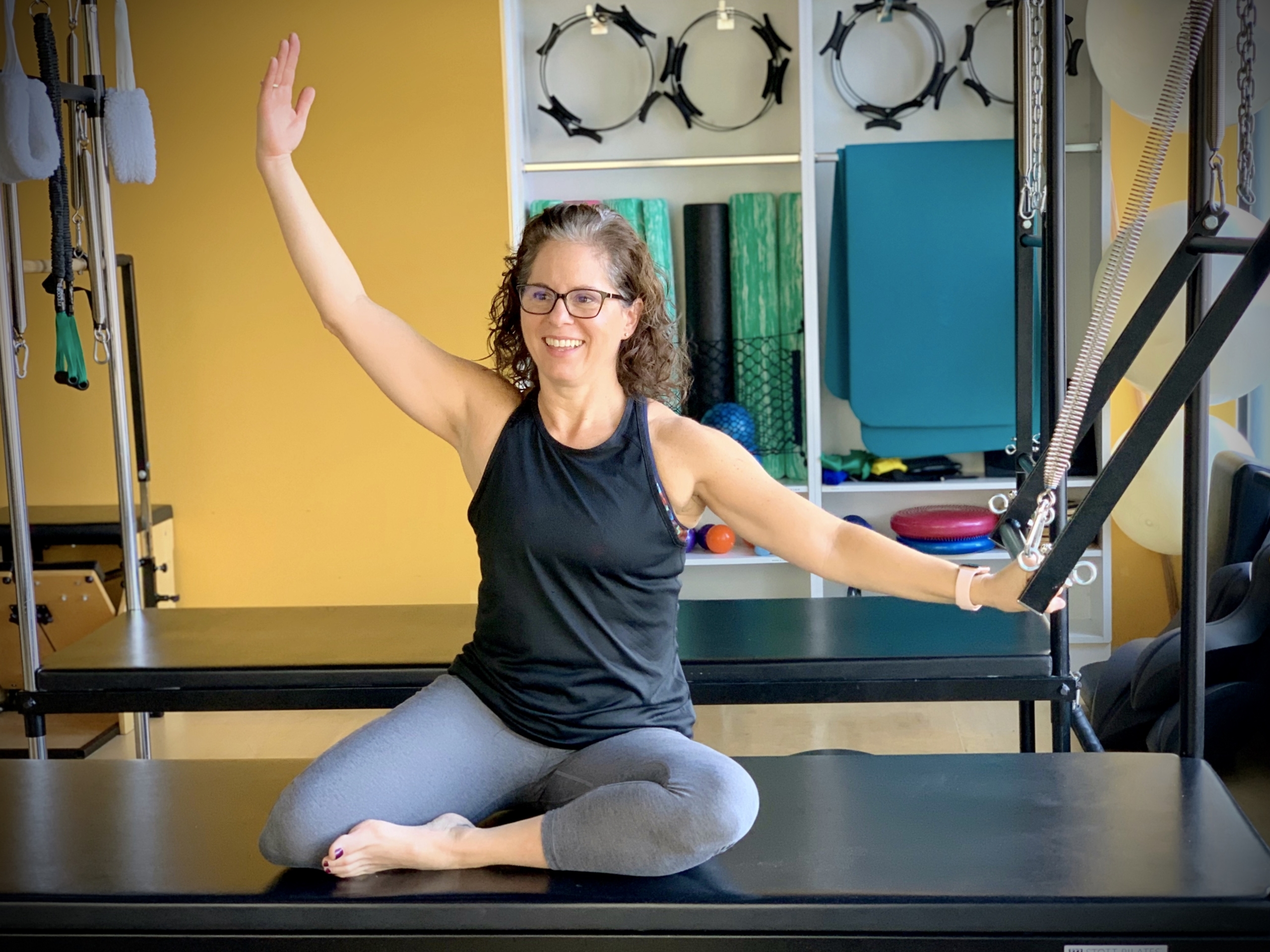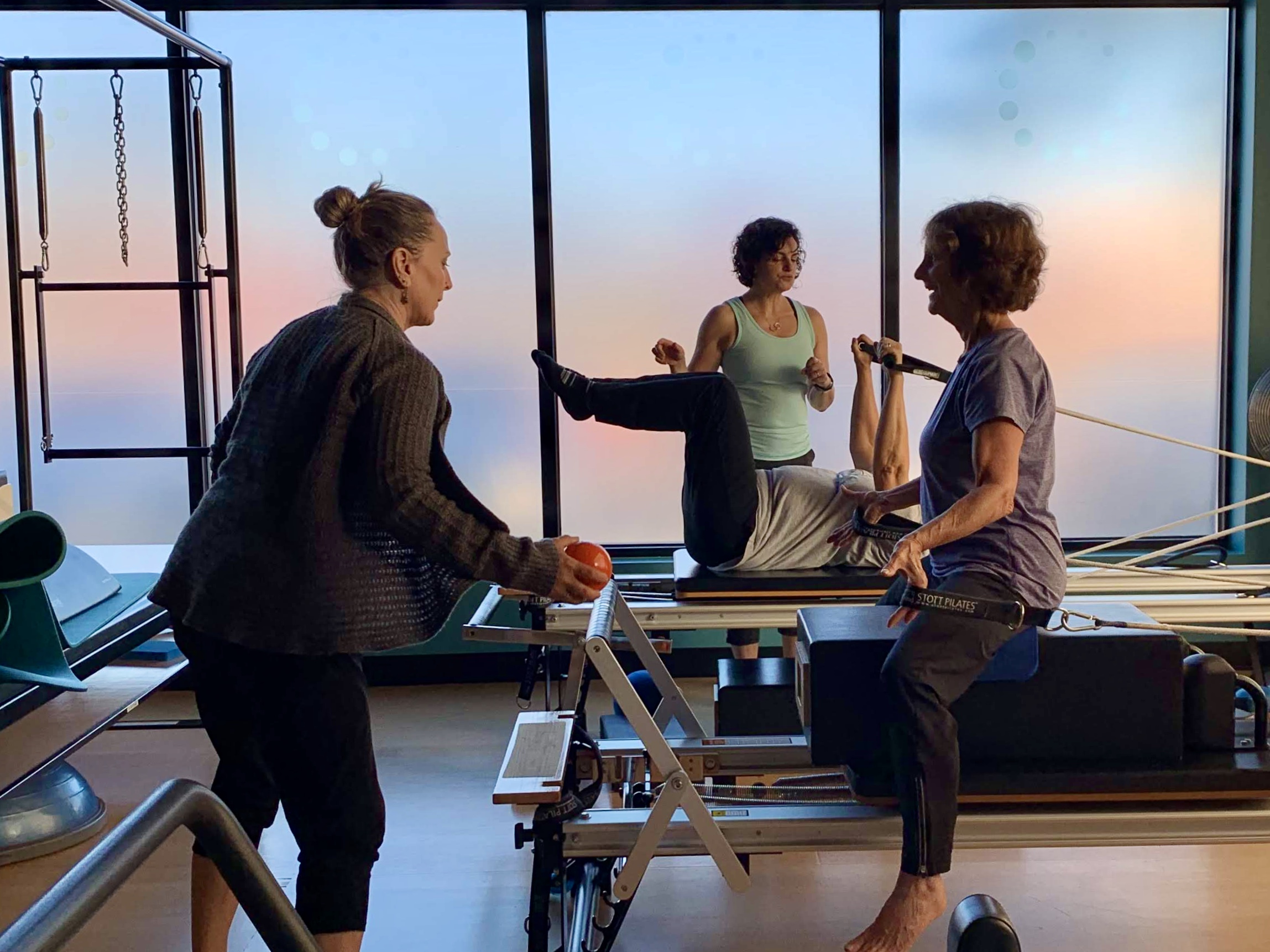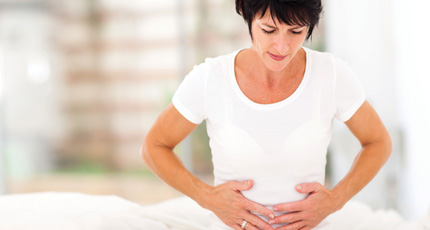Tried and Tested: Secrets to Sticking to Your Resolutions This Year
MOVE Wellness Studios Wellness Coach Rita Seith offers up her tips to making New Year’s Resolutions that stick.
According to TIME magazine, five of the ten most commonly broken New Year’s Resolutions are related to health. People leap into the New Year with grand hopes to lose weight, drink less, quit smoking, eat healthier, and be less stressed. Why don’t resolutions stick and what can you do to make this year different?
1. Make SMART goals:
All of the resolutions listed above have one thing in common; they’re vague and lofty. When we talk about making SMART goals, we mean they should be Specific, Measurable, Achievable, Realistic, and Timely.
You want to lose weight? How much? By when? By what means? Make sure the path to achieving your resolution is a clear one, you want to know what success looks like! Take a step back and think about what your overarching goal is; do you want to like what you look like in the mirror? Or do you want to be able to play with your kids all afternoon? Think about what the barriers are on you reaching that place and what has and hasn’t worked before. Instead of deciding to lose weight, tell yourself you’re going to lose X pounds in X weeks and how you’re going to get there. If you tried running last time and didn’t like it, then try a cycling class this time! Instead of just eating healthier, tell yourself that 3 times a week, you’re going to trade out your afternoon bag of chips for hummus and carrot sticks.
2. Don’t do it alone
One of the biggest predictors of sustained physical activity is whether or not someone’s partner is active. This resolution doesn’t have to be an endeavor you do alone! Team up with someone in your life who has similar goals and create a game plan together. For example, if you have a coworker that you eat lunch with, who also wants to be more active, go for a walk together for part of your lunch break! Not only will you have someone to keep you accountable, but you might end up improving your social ties in the meantime!
3. Know thyself
A key to making a sustainable change is making it easier than the alternative. You are the only one who really knows yourself inside and out. If you notice that you’re struggling to keep up with going to the gym or stave off the dessert cravings at night, change your environment. One of my favorite examples of this, something I’ve done myself, is the kitchen counter bowl trick. I wanted to be more consistent with flossing and it felt like absolutely nothing was working until I just set out a bowl of flossers on my kitchen table. After a week I realized that I had been absentmindedly picking them up and flossing – easy solution! You can use this same idea on a number of things. It can be anything from setting out a bowl of carrots to putting all your beer in the cooler outside and moving sparkling waters inside.
4. Change your mindset
The mentality that you use to approach making a change is almost half the battle. There are two secrets here; focus on what you’ve already done and don’t give up the first time you “crack” or “slip up”. This sounds basic, but catching yourself in a negative mindset and focusing on the positives instead is going to make it way easier for you to stick to your goals. For example, if you want to eat healthier, it’s actually a good idea to give yourself a few pats on the back for the healthy foods already in your diet. Further, a lot of us forget that a new year’s resolution is meant to be something we work on all year. If you have a few days one week where you drink more wine than you wanted or don’t go to the gym, have no fear! there are 365 days in a year to continue working towards your goals. Take a step to evaluate why you slipped up, and change your methods if it’s not working for you.
5. Make moves with MOVE Wellness Studios
Let us help you! It’ll be easier to stick to your resolution with social support, and we have a whole community of health and wellness professionals who are excited to work with you. MOVE Wellness Studios has a slew of classes that you can test out, instructors and members who are ready to support you in your endeavor, and wellness coaches that work with you to personalize your plans to your lifestyle.
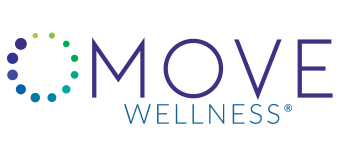
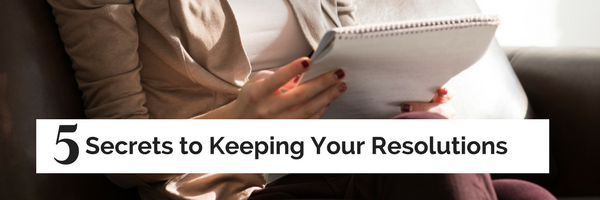


 In 2012, habit master and author of The Power of Habit, Charles Duhigg, talked to Scientific American about the neuroscience of habits. He reveals that two parts of the brain–the basal ganglia and brainstem house habits. These are the same regions that are exploited by pharmaceuticals and drugs to induce compulsive, addictive behavior. And in a sense, ingrained habits work like addictions in that the brain is programmed to send and receive specific neural impulses over and over again when the habitual behavior is performed. This is why habits are so hard to break. They are “literally etched in our neural pathways” as Psychology Today phrases it.
In 2012, habit master and author of The Power of Habit, Charles Duhigg, talked to Scientific American about the neuroscience of habits. He reveals that two parts of the brain–the basal ganglia and brainstem house habits. These are the same regions that are exploited by pharmaceuticals and drugs to induce compulsive, addictive behavior. And in a sense, ingrained habits work like addictions in that the brain is programmed to send and receive specific neural impulses over and over again when the habitual behavior is performed. This is why habits are so hard to break. They are “literally etched in our neural pathways” as Psychology Today phrases it.
